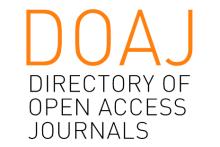Resource information
This is an empirical study of economic measurement of the optimal size of
seven cities in West Sumatra region, Indonesia. The empirical findings are quite interesting
since the calculated optimal city size does not result in a single measure as mostly
previous studies found, but they vary in accordance with the economic approaches used.
The optimal city size measured by using the maximum profit approach would have been
larger in size compared to those measured by the minimum cost and maximum net benefit
approaches. Meanwhile, the cities measured by using the maximum net benefit have larger
size than those of the minimum cost. Unlike previous studies, the measurement of optimal
city size in this study is performed in terms of population density rather than the total
population, in order to consider the influence of land area to the optimal city size.
Moreover, by using the population density, the optimal city size becomes a relative index
which enables us to compare it with the related size in other regions.



